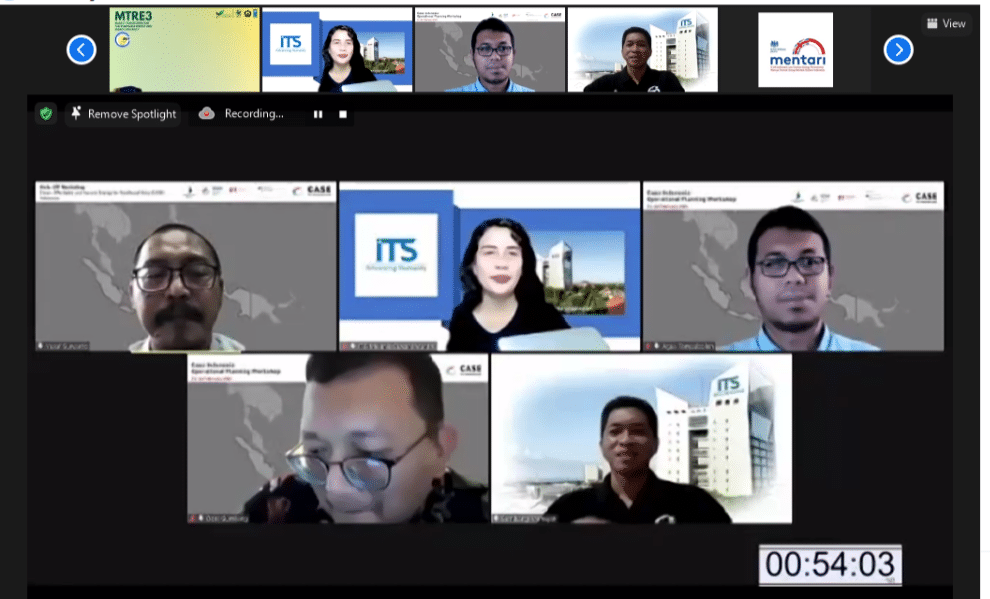
Emission Reduction Target in the Indonesia Updated NDC Failed to Reflect the Urgency of Climate Crisis
Jakarta, 30 July 2021 – Despite targeting carbon neutrality by 2060 or earlier in the Nationally Determined Contribution (Updated NDC) and Long-term Strat... Read more.

Renewables give Indonesia an edge in climate quest
Indonesia can tap its potential in renewable energy to fulfill the country’s commitment to the Paris climate accord and reduce its dependence on coal-base... Read more.

Kompas | Boosting Renewable Energy, Government Will Stop Coal Power Plant Project
JAKARTA, KOMPAS.com – Starting in 2025, the government will no longer allow the construction of coal power plants. This is stated in the draft General Pla... Read more.

Kontan | The realization of the use of solar energy in Bali is still low from its potential
KONTAN.CO.ID – JAKARTA. The province of Bali has abundant Renewable Energy potential. If encouraged, then the development of Renewable Energy in Bali is e... Read more.

Tempo | Electricity Discounts Stopped, IESR: Economy Recovers, Stimulus No Longer Valid
TEMPO.CO, Jakarta – Institute For Essential Services Reform (IESR) Executive Director Fabby Tumiwa assessed that stopping the electricity discount stimulu... Read more.

Solar PV Can Be The Mainstay Of Renewables, But There Must Be Certainty Of Tariffs
Jakarta, CNBC Indonesia – The unfinished of Presidential Regulation on renewable energy has lowered investor confidence. Independent Power Producers (IPP)... Read more.

Local Government Has a Great Potential to Develop Regional Bonds for Green Development
Apart from the APBN (National Income and Expenditure Budget) and APBD (Regional Income and Expenditure Budget), local governments can now innovate to finance it... Read more.

Indonesia Needs Specific Strategy to Develop Hydrogen For Decarbonization
Several countries and large companies today have committed to becoming carbon neutral (net-zero emission) by 2050. The declining cost of solar and wind, the two... Read more.

CASE Indonesia Encourages Synergy of Multi Stakeholders for Energy Transition in Indonesia
CASE (Clean, Affordable, and Secure Energy) project embraces many parties to encourage the energy transition in Indonesia by conducting online discussions withi... Read more.

The Need for Supportive Policy for the Indonesian Electric Vehicle Development
In 2019, the government issued Presidential Decree 55 of 2019 concerning the Acceleration of Battery-Based Electric Motor Vehicles (KBLBB). The Presidential Dec... Read more.
